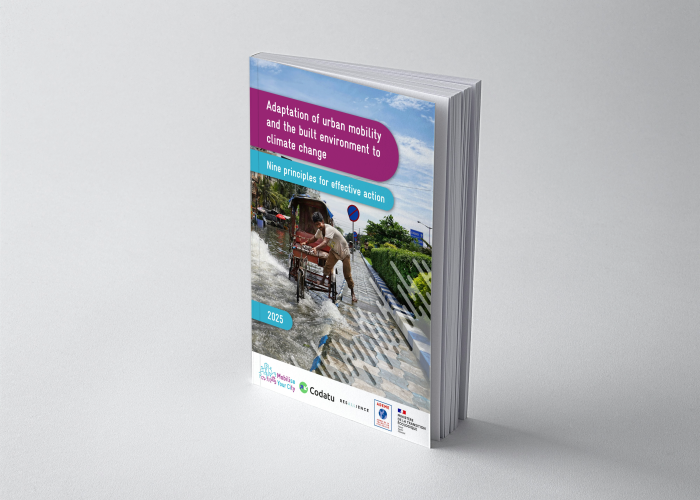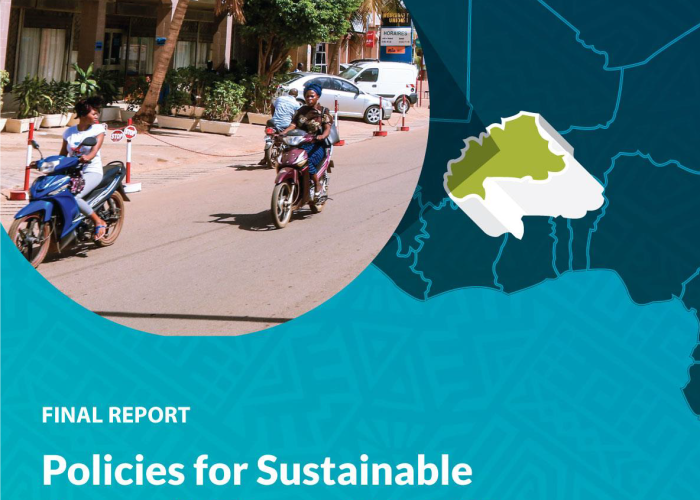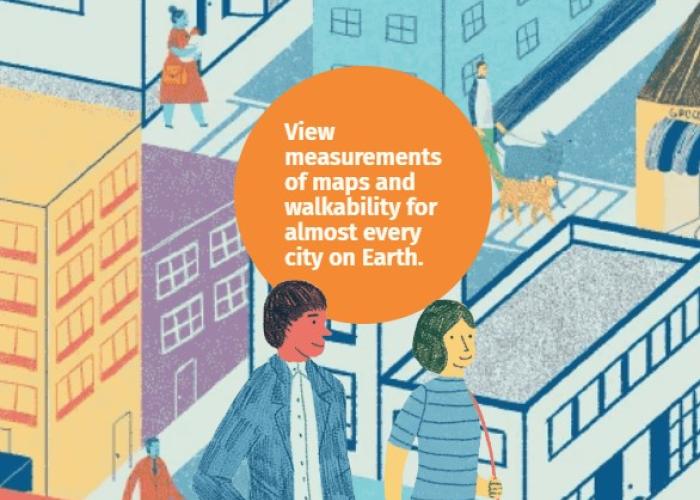Policies for Sustainable Accessibility and Mobility in Urban Areas of Burkina Faso - SSATP
Burkina Faso has seen rapid urban growth sustained by a strong rise in population. Projections show that, between 2018 and 2030, Burkinabe cities will have an additional 4.3 million residents. In 2030, Ouagadougou and Bobo-Dioulasso are expected to reach 4.4 and 1.6 million, respectively. Like Bobo-Dioulasso, other major cities in the country could double their populations in a decade.
The goal of developing sustainable cities in Burkina Faso must above all help to ensure that residents have the infrastructure, services and jobs to enjoy a good quality of life. Urban mobility conditions are at the heart of these challenges. The national urban mobility policy aims to develop the best means to meet the mobility needs of diverse populations, optimizing the use of public financial resources and reducing dependence on individual transport modes that depend on the use of fossil fuels.
In recent years, getting around in Burkinabe cities has meant increasing use of motorized two-wheelers. Without reliable alternative public transport, motorbikes are providing high accessibility to their owners, at lower cost. They are the most widely used transport mode and play an important part in people’s lives and the economy.
With almost 2.5 million registered two-wheelers nationwide, Burkina Faso has a fast-growing motorization rate of 116 motorbikes per 1000 residents, with an additional 278,000 units registered in 2017. The fleet of vehicles with four or more wheels (375,000 units in 2017) is also growing at a fast pace. Vehicle imports doubled between 2010 and 2015 to more than 20,000 a year. The wealthiest households are acquiring more cars for everyday travel.
As a result, traffic flows have increased sharply in major cities. The situation is particularly worrisome in the capital, where car ownership is much higher than in the rest of the country. From 2014 to 2016, traffic increased by 125% in downtown Ouagadougou. The concentration of economic and administrative activities in the downtown area generates commuter flows, which, due to the low density of the city and urban sprawl, extend over relatively long distances. Currently, two thirds of trips are by motorbike, generating heavy traffic on the main arterial roads and an elevated risk of accidents. Traffic congestion is also becoming more frequent at peak hours, impacting car users.
In recent years, substantial investments in the road network have been made in Ouagadougou to improve traffic conditions. The city’s bypass project is also expected to shift transiting traffic away from city roads. However, given motorization dynamics, the new infrastructures will not resolve congestion problems in Ouagadougou. To optimize public spending, a multimodal mobility strategy should be adopted in the capital and in secondary cities in advance. This approach must aim to reduce individual motorized transport, which is:
The primary source of CO2 emissions and accounts for half of national emissions,1 with daily individual trips by motorbike or car constituting a large and growing share of transport emissions.
The biggest contributor to air pollution in the capital, with a major impact on health according to recent international studies.
At the heart of road safety issues. The number of road accidents has almost tripled in the last 15 years to more than 13,000 recorded incidents, and fatalities have doubled over the same period. More than half of the traffic accidents recorded in this period involved two-wheel vehicles.
Moreover, the growth of individual motorized transport negatively affects the country’s trade balance, especially when oil prices are high on the international market (vehicles and fuel represent a large part of imports).
tous les contenus là https://www.ssatp.org/topics/urban-mobility



